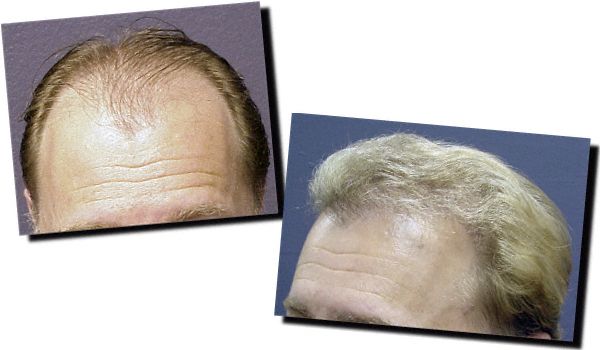During the past ten years, the number of people undergoing surgery for hair implantation has significantly increased; with the record suggesting that one in five women, and two out of three men suffer from Alopecia (complete baldness). While stress is blamed to be the major cause of hair loss, studies prove that hormonal imbalance is also a contributing factor. More specifically to women, menopause is also found to be the cause for increased hair loss.
There are a number of hair implantation techniques, the two main techniques being Strip harvesting, and Follicular Unit Extraction.
It must be noted that the prerequisite of the hair implantation surgery is for the candidate to have a healthy growth of hair on the sides, and at the back of the head- because the plastic surgeons treat these areas as the ‘hair donor areas’ taking grafts and flaps from them. If one does not have a healthy growth, then even a series of hair replacement surgeries will not help him as hair would not be available for implantation. For this purpose, the initial consultation becomes very important as the surgeon studies the pattern of one’s baldness, and provides expert advice as per the latent surgery, the techniques used, and the expected outcomes.

The Procedure
Strip harvesting is the most common technique of the two, and involves a strip of scalp being removed from the back of the patient’s head region. Interestingly, since there are no DHT receptors in this region, the hair does not fall and is permanent. Following this, micro grafts (1-3 units of hair) are obtained to be carefully implanted in the ‘hairless areas’. The whole procedure is performed under local anesthesia and is ambulatory- meaning the patient is discharged the same day. Moreover, depending on the level of the patient’s baldness, two or three recommend interventions may be conducted for best results.
The post-operative care is simple and undemanding, for patients rarely feel any discomfort. In fact, the patients are urged to go about their daily lives.
Hair Transplantation Procedure Complications
The complications that may arise during the hair transplantation procedures, but not simply limited to these, are as follows:
- Patchy Hair Growth: At times, the transplanted hair resembles a patch of hair, if it is placed next to the thinning area. Nonetheless, it may be corrected by series of additional hair transplant surgeries.
- Bleeding and Scarring: Due to some of the techniques used during the procedure, the increased tension on the scalp area may result in scars or bleeding.
- Grafts: Although rare, there is a possibility that a graft may become useless, requiring the whole surgery to be repeated.
- Infection: Like other surgeries, hair implantation surgeries may also expose the candidate to a risk of infection.
To avoid any complications, it is always recommended that you go to an experienced doctor. Moreover, if your system is very sensitive and reacts with any of the above side effects, do not worry because each one of them is short-lived and can be cured.
Dr. Woods Hair Transplant offers one with a variety of techniques for the Hair implantation Surgery, with Dr. Ray Woods coming up with further innovations to enhance the patient’s control, understanding and visualization during the hair implantation procedure.




